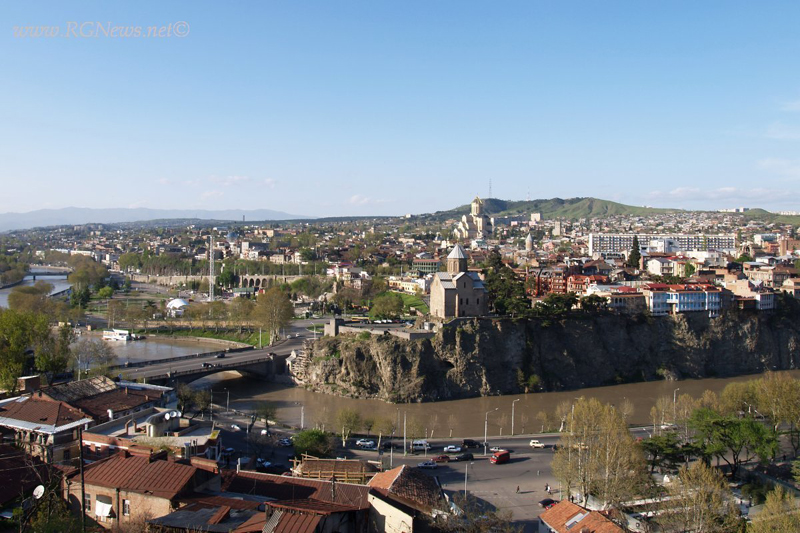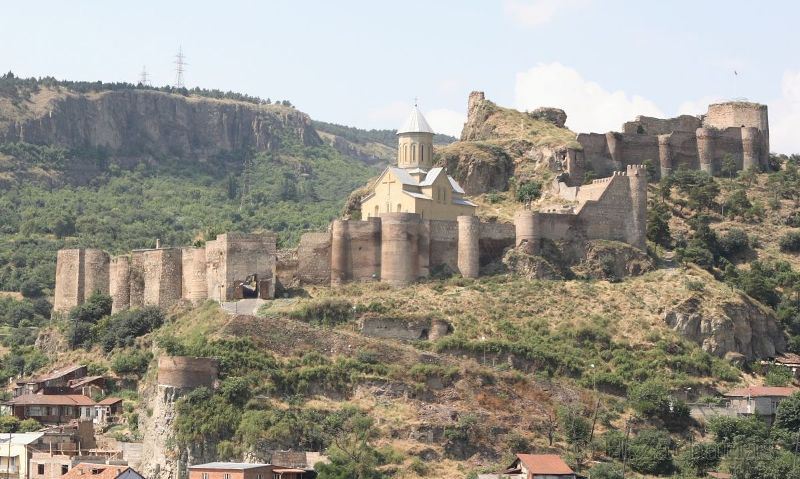CAPITAL OF GEORGIA
AREA 500 SQ.KM.
POPULATION 1100000
The name of city is related to hot sulfurous waters existing at its territory: "tbili" means warm in Georgian. Before 1936 the city was called "Tfilis".
First settlement was appeared in Tbilisi in IV century. In the middle of the V century King of Kartli Vakhtang Gorgasali begun to build the city here, while his successor Dachi declared Tbilisi a capital of Georgia, In VIII-XII centuries Tbilisi was under the sway of Muslims, and Arabian Emir governed here, In XVI-XVIII it was under the sway of Persians and Osmans, and in XIX-XX centuries under the authority of Russians. In VI-VIII and XV-XVIII centuries Tbilisi was the capital of Kindom of Kartli, and in XII-XV centuries – of Kingdom of Georgia.
In 1801-1917 it was the centre of Caucasus region (vicegerency) of Russian Empire, while in 1918 and 1922-1936 was the centre of Transcaucasus federation.
In 1918-1921 Tbilisi was a capital of Georgian democratic republic, while from 1991 became the capital of independent country Georgia.
Spirit of this city and tolerance of Georgians is testified by the fact that in Old Tbilisi, throughout one small street are located three Christian (Orthodox, Catholic and Gregorian) churches, Muslim mosque and Jewish Synagogue. Old Tbilisi is the historical part of the city and from 2007 it is a candidate for a list of









